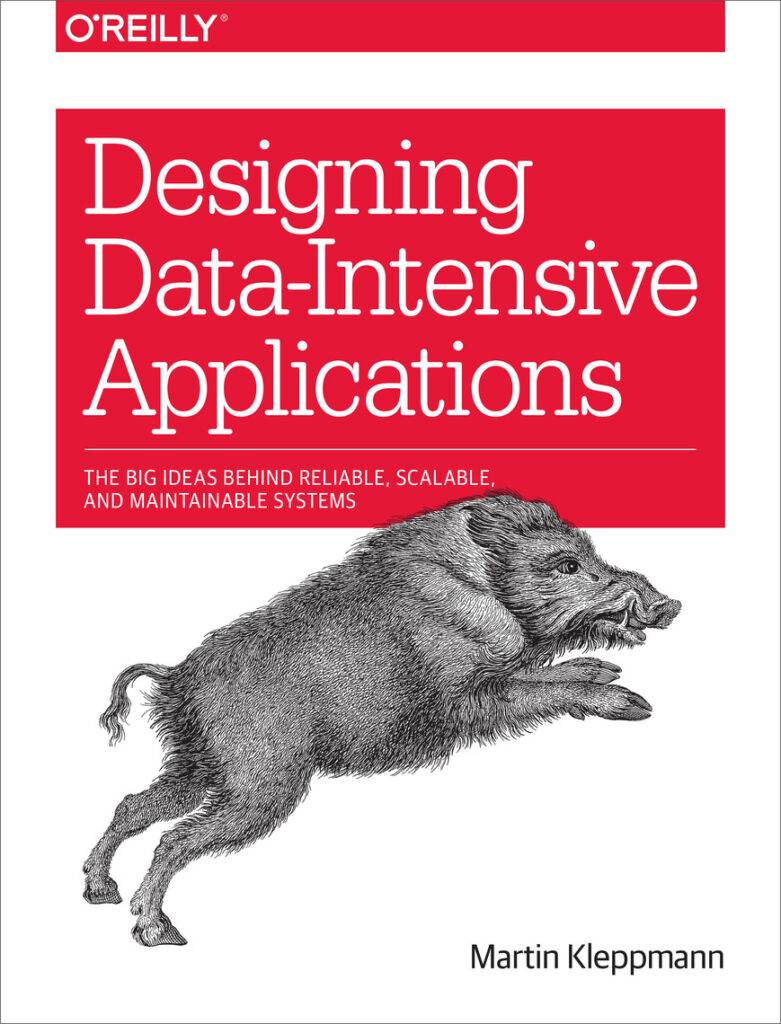We will open that fridge when we get to it
MeIr
Month: January 2023
All human systems are collections of human mistakes
MeIr
Teaching programming to a kid
I have been slowly teaching my kid a bit of programming. Programming is not easy, and teaching it to a child is quite a challenge, so anything that makes it easier is welcome.
Initially, I have been using Scratch to teach programming, however, I moved away from it because it is not really that easy to use once you want to make something a bit more complex (even I had some issues following online tutorials) or teach a kid about some programming concepts such as for-loops.
Next, I tried Swift Playground, it is awesome, however, I got stuck on explaining for-loops. It might be easy for grown-ups to get a grasp of syntax and associated concepts, but for a child, it is a challenge.
I have been thinking about what to do next. Python? Well, maybe it is a good direction, but again syntax will get in the way of learning programming concepts… Today, I discovered Hedy and it looks very promising.
Checkout GOTO2022 talk:
Designing Data-Intensive Applications
I chose this book among others because I wanted to get out of reading about programming, methodologies, and other related stuff. I wanted to read something more abstract, not necessarily applicable to my immediate work, and boy did I get what I bargained for.
Well, let me start with complaints. First and foremost, the book is a bit long. I feel like it could have been compressed a bit. No, there isn’t much fluff, just several chapters could have been reorganized. Second, and no less subjective, the book at some point turns into a “horror movie,” where each passing chapter, things get more dangerous, complicated, and helpless. But I have to admit, there is a certain charm to such a delivery. Last grumble of mine: few examples of highly scaled and/or distributed systems. I would love to see more examples and discussions about them. Now I know the grumble isn’t entirely fair, since I got what I wanted – “more abstract” – but by the end of the book, I was left wanting more. I guess appetite comes during a meal.
Now let’s flip the page and go in the opposite direction: the examples in the book are quite interesting and educational. I loved the discussion about Twitter’s design and a couple more along the way. I personally don’t work with databases or other data-related systems that much, so the author fascinated me quite a bit. Some discussions are quite lengthy and detailed, mostly due to the complexity of the subject, but that’s what makes them so good, opening up your mind to different ways of thinking about programs, structures, and networks. The “horror movie” comes and goes, it makes you doubt everything you took for granted, even a CPU’s ability to add two numbers together. The author seems to project a lot of paranoia, the levels are similar to the amount of paranoia exhibited by system administrators. It sure gives a lot of perspective to developers, since lots of things are assumed to work properly and not to fail at the most opportune moment. One last thing: as I was reading the book, it reminded me of a bit of fun I had reading research papers at university. Some of the design patterns did emerge from academia, and perhaps it is a good direction if you have an interest in it.
I believe the title speaks for itself. If you want to design data-intensive applications, the book might be a good start. Perhaps it will give you a good insight and/or wider perspective. But if you are looking for hands-on material, the book might disappoint you. It is hard to tell whether the book is worth it or not. I had fun reading it; I believe it is well written, and I can see that the author put a lot of work into it. So I’ll leave you with this: if you are curious about the subject, go for it!
In a nutshell:
+: Well written
+: Broadens horizons
+: Lots of discussions and examples
+: No requirement for specialized knowledge
-/+: In a way, a long book; in a way, it needs to be longer
=: If you have any interest in application design, the book is an awesome way to start your journey.
Title: Designing Data-Intensive Applications
Author: Martin Kleppmann
Cover:
